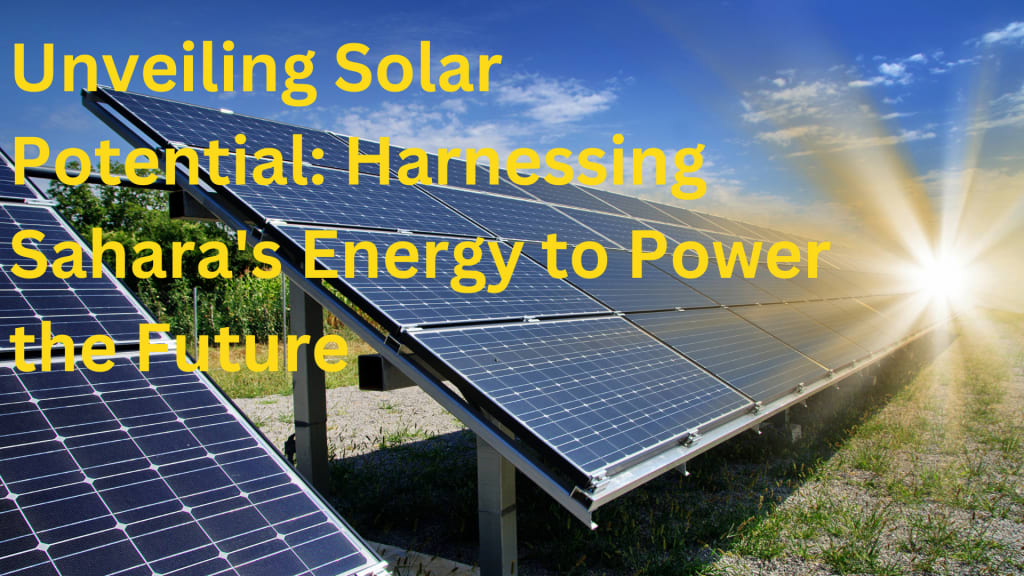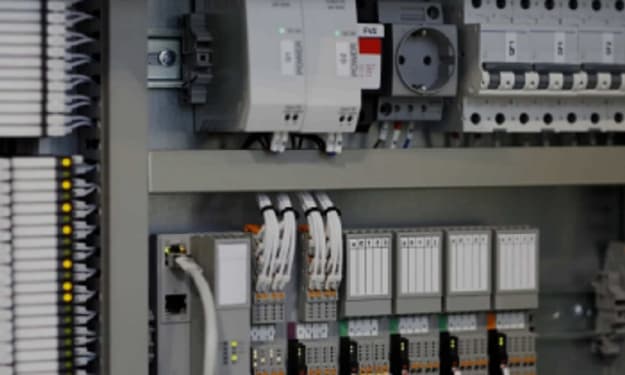Unveiling Solar Potential: Harnessing Sahara's Energy to Power the Future
Solar Power Solutions

Every day, the Sahara Desert experiences scorching temperatures, reaching up to 80°C. This vast desert spans about nine million square kilometers and receives an incredible 22 million terawatt hours of energy from the Sun every year. To put it in perspective, this is over 100 times the energy that humanity uses annually. This leads us to an interesting question: Could we potentially solve our energy challenges by covering the desert with solar panels?
Solar panels function by harnessing the energy from light particles that hit their surface with enough force to release electrons from their stable positions. As these electrons journey back to stability, they generate electricity. However, there's a limit to the power solar panels can generate. They can only interact with specific wavelengths of light, leaving them unable to convert over half of the sunlight they receive. Additionally, many light particles that could be converted often bounce off the panels without ever triggering an electron.
Fortunately, scientists and engineers have come up with innovative solutions, and with significant government investments, solar panel technology has advanced. Anti-reflective coatings and patterns on the panel's surface create more chances for incoming light particles to hit electrons. These techniques have greatly increased the efficiency of commercial solar panels, from around 15% to 25%. Some experimental models have even achieved efficiency levels as high as 47%.
Notably, solar power has become remarkably affordable, dropping by 89% over the last decade. This cost reduction is partly due to global supply chains that utilize the same materials for other technologies. As a result, solar power has become the most cost-effective source of electricity on Earth.
Countries like India, China, Egypt, and the US have embraced these advancements and established massive solar farms in desert regions. These solar farms, spanning from 15 to 56 square kilometers, can supply energy to hundreds of thousands of local residents when the sun is at its peak. However, these farms face a challenge: excess heat. Unconverted or reflected light is absorbed as heat, reducing panel efficiency. Cooling systems are used, but they can consume significant energy to maintain optimal temperatures. This issue becomes more pronounced in the desert, where panels absorb more heat than the natural sandy environment.
Although covering the Sahara with solar panels might seem like a solution, it could have significant consequences for the region's climate. The heat absorbed by the panels could lead to dramatic climate changes. Moreover, constructing such large-scale solar farms disrupts local ecosystems and transforms the landscape.
Thankfully, there's an alternative to traditional solar panels: giant mirrors. Morocco's Noor Power Plant, covering approximately 30 square kilometers of the Sahara, uses concentrated solar power technology. This involves reflecting sunlight onto a receiver that converts it into heat and then electricity. While still impacting local wildlife due to temperature changes, these mirrors are less likely to alter the landscape. Additionally, these plants can continue generating electricity even after sunset, thanks to stored heat.
Whether using panels or mirrors, industrial solar farms can complement existing energy infrastructure. However, transmitting their electricity beyond local grids presents challenges. Some countries are working on connecting global electric grids, and many solar farms store excess energy in large batteries or convert it into clean gas for future use. Yet, these methods remain costly and inefficient at the moment.
Furthermore, industrial-scale renewables can share some downsides with fossil fuels, including environmentally harmful mining operations and carbon-emitting global supply chains. Thankfully, solar energy can be implemented on various scales, from large solar farms to smaller installations that power individual buildings and remote communities. These projects can either supplement energy usage or provide a reliable energy source for off-grid areas. Since solar panels consist of simple components, they are quick to install and relatively easy to upgrade. This flexibility has contributed to the widespread adoption of solar energy in the past decade.
In conclusion, as humanity's energy demands continue to rise, finding solutions on both large and small scales will be crucial. Whether through innovative solar panel technology or alternative approaches like concentrated solar power, we have options to meet our energy challenges while being mindful of environmental impacts and sustainability.
About the Creator
Jordan G
Avid writer and reader
Enjoyed the story? Support the Creator.
Subscribe for free to receive all their stories in your feed. You could also pledge your support or give them a one-off tip, letting them know you appreciate their work.






Comments
There are no comments for this story
Be the first to respond and start the conversation.